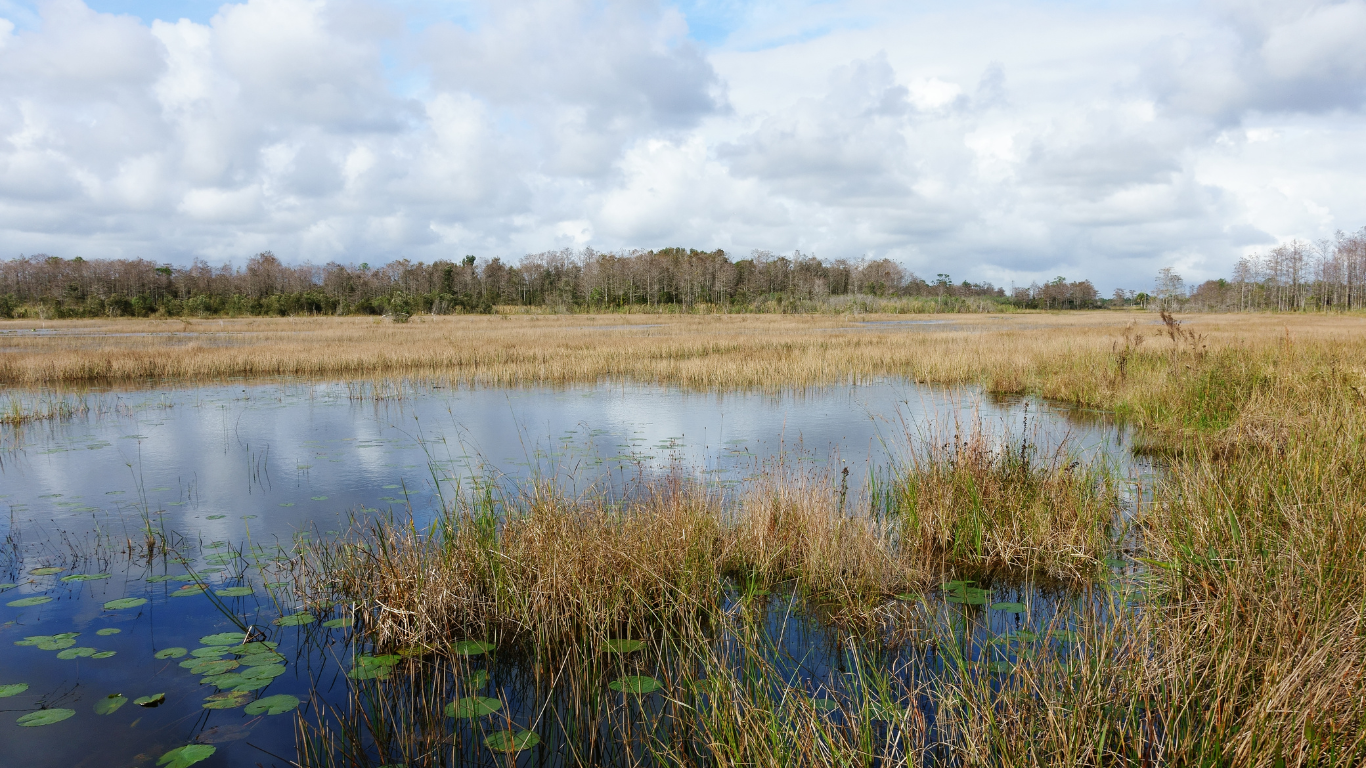
Stream Restoration Project Identification and Crediting
Stream restoration provides numerous ecosystem benefits and improves communities in both urban and rural areas. This billion-dollar industry is expected to grow exponentially across the nation to meet water quality goals such as total maximum daily loads (TMDLs) and may also provide pollutant trading and mitigation opportunities.
What stream restoration services does the Center offer?
- Assists state agencies and utilities with development of stream restoration crediting systems to meet TMDLs, trading, mitigation offsets, or other water quality goals.
- Helps communities identify and prioritize streams for restoration.
- Supports municipalities in the Chesapeake Bay watershed to more accurately determine credits for individual stream restoration projects. (We do this by collecting field data and applying the Chesapeake Bay Program’s crediting protocols.)
- Offers webcasts and training workshops for municipalities, state agencies and consultants on the proper application of stream restoration crediting protocols.
- Is actively researching improved methods to estimate stream erosion rates so that communities can reduce their expense in determining which projects are the best use of their limited restoration dollars.
To learn more about the Center’s services, contact Bill Stack at bps@cwp.org.
Example projects:
- Creating protocols for crediting stream restoration practices: The Center co-chaired the Stream Restoration Expert Panel for the Chesapeake Bay Program, developing a series of protocols for crediting stream restoration practices. The final approved protocols are described here. The Center also helped to develop the document Frequently Asked Questions: Urban Stream Restoration BMP to answer common questions and describe how protocols work within the newest version of the Chesapeake Bay Watershed Model.
- Understanding implementation of stream restoration crediting guidance: The Center is working on a project with the Water Environment & Reuse Foundation (WE&RF) to survey municipalities and utilities across the country to determine their experiences with implementation of WE&RF’s Stream Restoration Crediting Guidance. The protocols developed by WE&RF are largely based on the work that the Center developed for the Chesapeake Bay Program. Case studies highlighting the survey results will be available by the end of 2018.
- Refining stream restoration credits at the local level: The Center assisted the York County Stormwater Consortium (PA) with evaluation of stream bank erosion rates on 12 stream reaches identified for restoration. This work included collecting field data and calculating pollution reduction credits using the Chesapeake Bay Program protocols. Read more here.
Stream restoration provides numerous ecosystem benefits and improves communities in both urban and rural areas. This billion-dollar industry is expected to grow exponentially across the nation to meet water quality goals such as total maximum daily loads (TMDLs) and may also provide pollutant trading and mitigation opportunities.It is important that stream restoration projects are identified as part of a holistic watershed approach to minimize negative trade-offs to the riparian area and overall stream health. CWP offers the following services related to stream restoration:
Helps communities identify and prioritize streams for restoration within a watershed framework to protect riparian areas and minimize impacts during siting, planning, and construction.
Assists state agencies and utilities with development of stream restoration crediting systems to meet TMDLs, trading, mitigation offsets, or other water quality goals.
Supports municipalities, state agencies and consultants in the Chesapeake Bay watershed on the proper application of the Chesapeake Bay Program’s stream restoration crediting protocols to more accurately determine credits for individual stream restoration projects.
Provides grant administration and project management for stream restoration design and construction projects.
CWP has extensive experience with review and synthesis of the literature on the impacts of urbanization on streams and in 2024 published Urban Stream Repair Practices, a national manual that outlines how to set restoration goals, select stream repair practices, and assess stream repair potential. In 2012, CWP co-chaired the Chesapeake Bay Program Stream Restoration Expert Panel to develop a series of protocols for quantifying the nutrient and sediment load reduction associated with stream restoration practices. CWP also completed a series of case studies for the Water Environmental Research Foundation to highlight the experiences that communities across the country have had with stream restoration crediting protocol implementation. CWP periodically conducts research on stream restoration topics, such as the use of digital elevation model differencing to estimate stream erosion rates, and best practices to minimize impacts to riparian forests during stream restoration construction.
